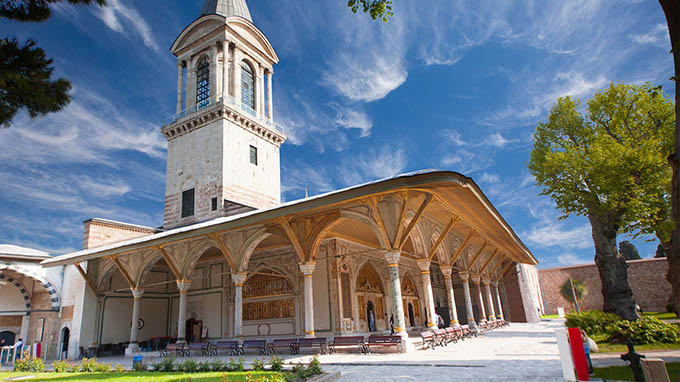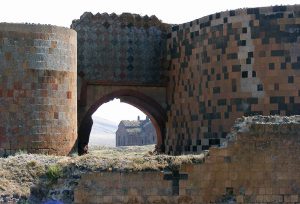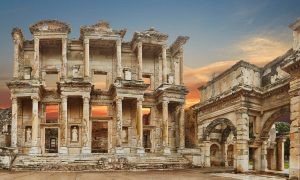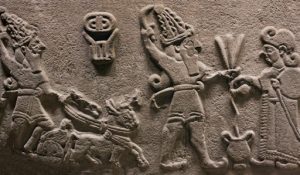Ottoman architecture is the architecture of the Ottoman Empire which emerged in Bursa and Edirne in 14th and 15th centuries. Ottomans built on both the Islamic and Byzantine Christian traditions to produce their own grand and harmonious style.
OTTOMAN TURKISH ARCHITECTURE
Ottoman Turkish architecture is the architecture of the Ottoman Empire which emerged in Bursa and Edirne in 14th and 15th centuries.
The Ottomans achieved the highest level architecture in their lands. Ottoman architecture is described as Ottoman architecture synthesized with architectural traditions of the Mediterranean and the Middle East.
MIMAR SINAN
Mimar Sinan, the 16th century master architect and chief administrator of public works under three Ottoman Sultans, is the designer of important masterpieces of superb Ottoman architecture.
CHARACTERISTIC OTTOMAN STYLE
Architectural monuments to the greatness of the Ottoman Empire stand, not only, throughout Turkey, but also throughout the many lands which were under its rule.
The Ottomans were prolific builders and some of their finest works are public buildings such as mosques and their surrounding complex consisting of buildings providing for the welfare of the community such as hospital, medrese, alms kitchen, guest house and hammam.
Palaces, bridges, fountains, tombs and caravanserais are also amongst the fine buildings which remain to the present day.
Ottomans used geometric designs, rich materials such as colored stone, exotic woods, gold and mother of pearl to make magnificence. Ottoman architects designed homes, palaces, bridges, clock towers, bazaars, arsenals, drydocks and other important civil works, but the great imperial mosques are their most impressive and enduring monuments.




